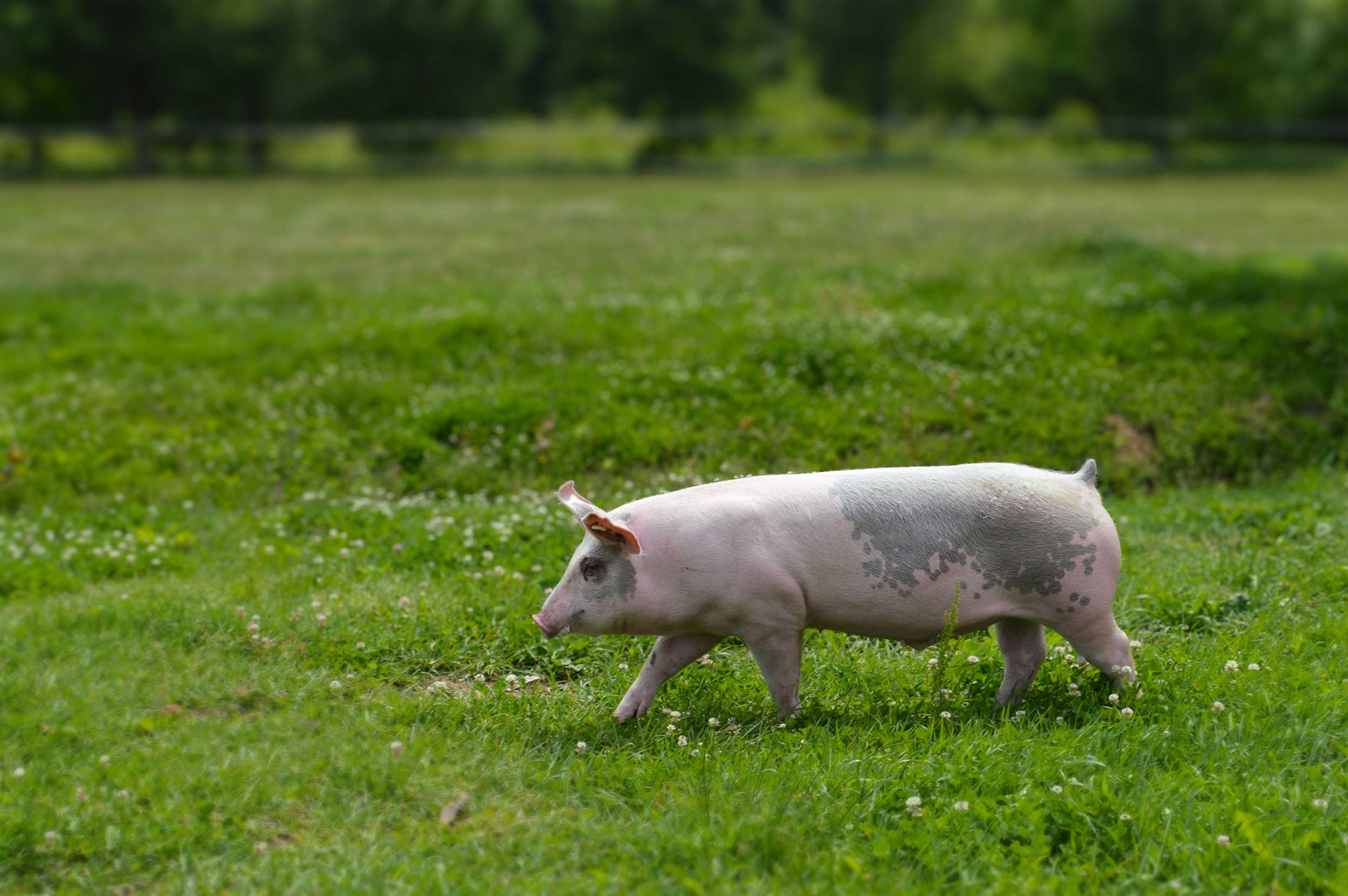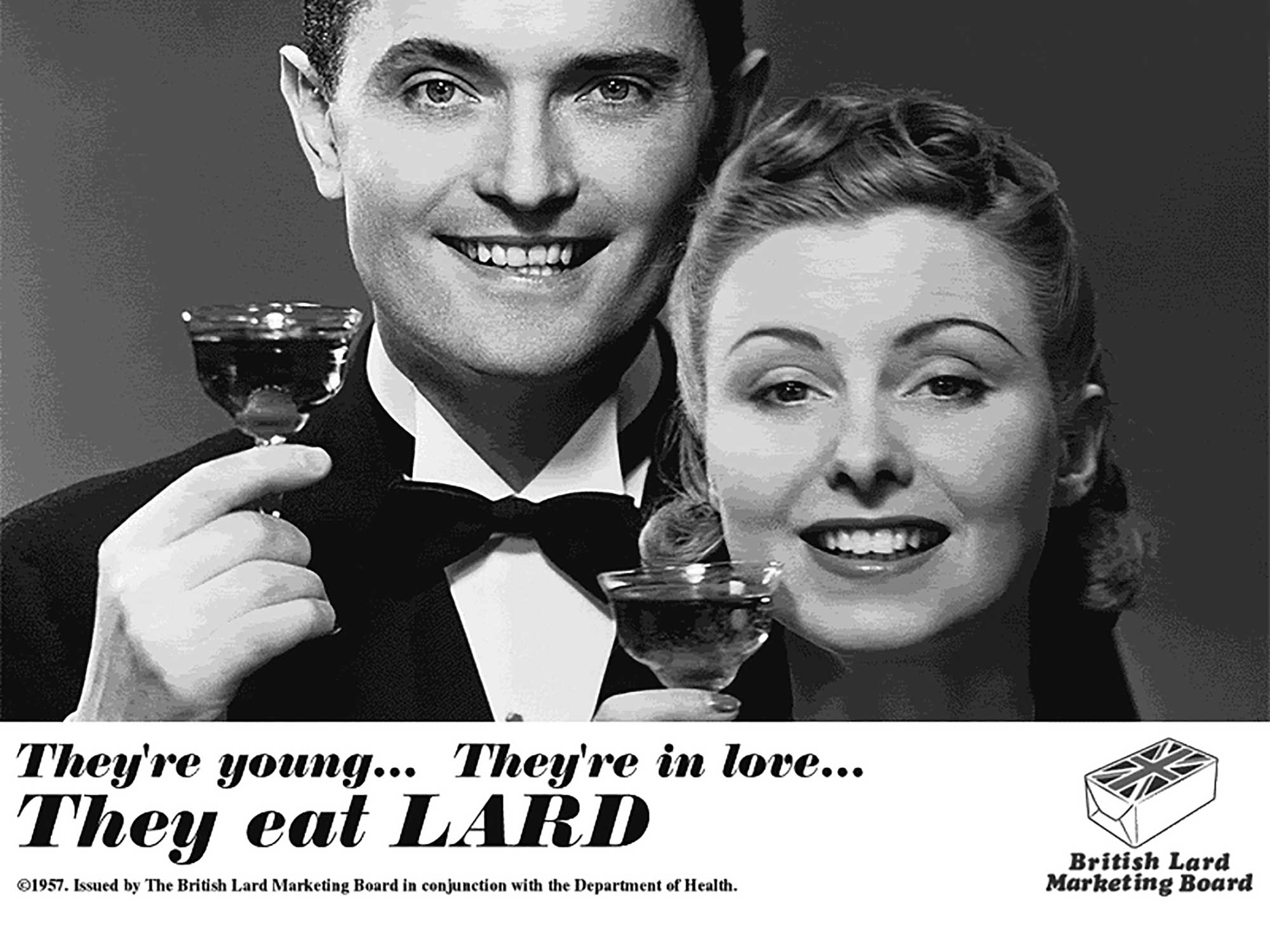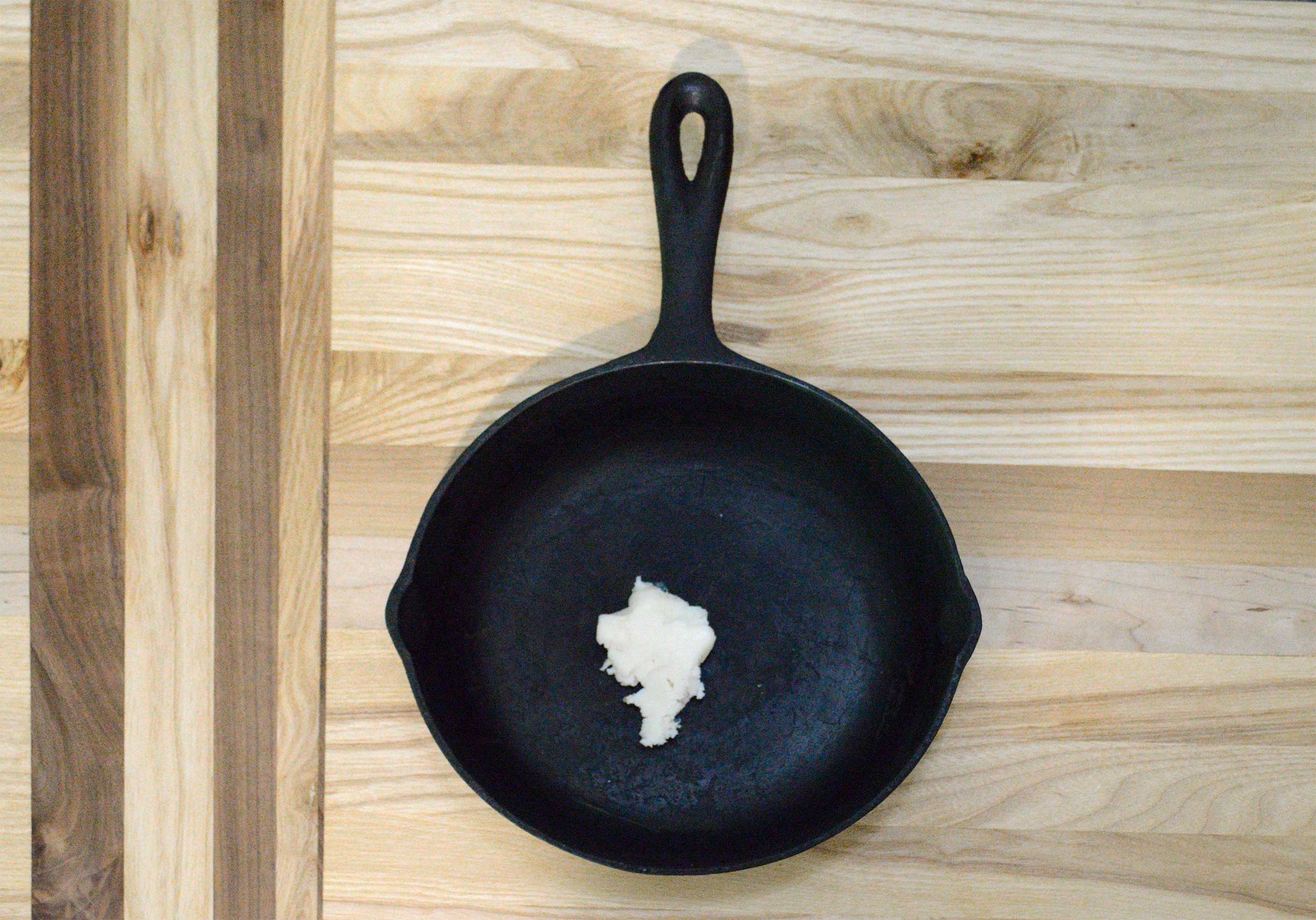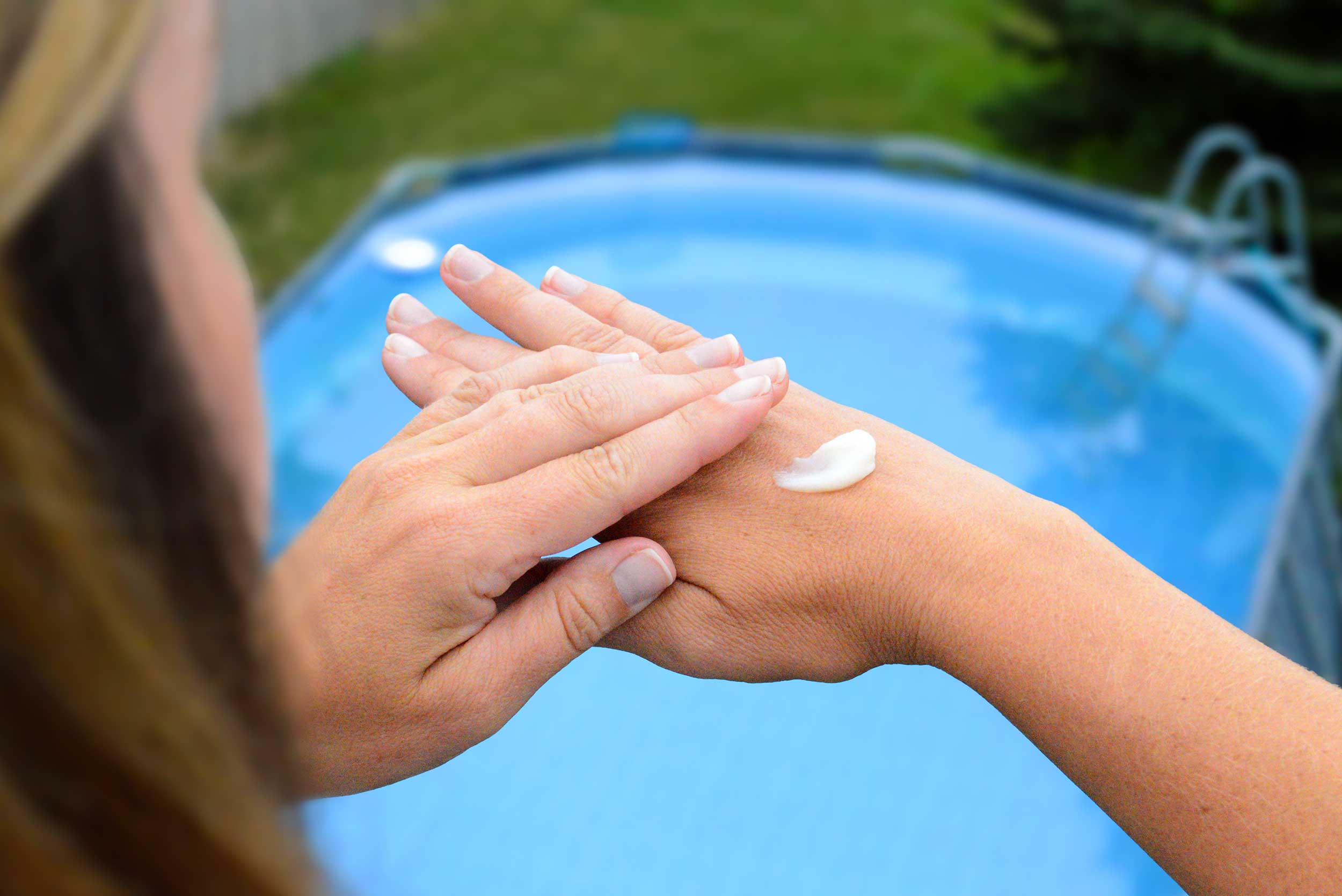

Who would have ever thought we’d be rubbing rendered beef fat (tallow) on our faces? And those of us who are should be just as accepting and open to lard. I mean, if beef fat can be cool, why not pig fat?
Some of you may have shut the door on the possibility of a life with lard. Just know, I was right there with you. Whether it was a restaurant burrito or my grandmother’s pie crusts, I was a bit of a no-way-am-I-eating-animal-fat snob. Lard sounded unhealthy, primitive. But in recent years, I’ve begun to peel back the manipulations of big pharma and the cosmetic industry, and lard seemed like something that deserved a second look.
One of the main competitors that took lard out of the game—Crisco—was introduced in 1911.
Crisco, which is made of hydrogenated cottonseed oil, was marketed as “a healthier alternative to cooking with animal fats... and more economical than butter.”
Whether or not they knew it back then, we now know that hydrogenated oils are a trans fat and not at all a healthier alternative. Even so, Crisco was promoted as pure, convenient, modern, and cheaper than lard. Contrast that messaging with some of lard's rather interesting marketing.

Somehow Crisco's suggestion of “lard is bad for you” traveled through time and became one of those beliefs I stood by without knowing why. That was until a local farmer talked me into trying lard in my homemade soap rather than the tallow I had asked for, claiming how soft it makes her skin.
And so began my deep dive into pig fat.
The more I researched, the more I came to believe that lard is just as good as tallow, and in some applications, it’s better.
That is if we’re talking about lard from a pastured, naturally-raised pig that spends its time soaking up the sunshine, eating grass, and not getting shot up with antibiotics, vaccines, hormones, or ractopamine. Knowing where your lard comes from is crucial.
Here’s why lard is easy to love.
Lard is a whole food, meaning it has no other ingredients, additives, or preservatives. Next to cod liver oil, lard is the second best natural source of Vitamin D and contains a combination of monounsaturated fat, saturated fat, and polyunsaturated fat. That's right—no trans fat. And before you gasp at the saturated fat, that type of fat it is not the villain it was once thought to be.
And as a healthy fat, lard can help reduce inflammation and benefit your endocrine system, reproductive system, and your brain. Who doesn’t want that?
Unlike tallow, which often adds a beefy flavor, lard has a barely noticeable taste, especially leaf lard. Did I mention there are two types of lard? Plain old lard comes from the back fat and may have a subtle pork taste. Leaf lard comes from the fat around the kidneys and is white and creamy with a neutral taste. Leaf lard is perfect for baking where a tiny hint of pork taste is less preferred.
You will get the flakiest pie crusts and softest doughs.
I made a crust with lard and it was wispy, delicate, perfectly amazing. And delicious.
I also switched out butter for lard in my bread recipe and my bread has never risen so well. Never.
Need to know smoke points? Lard falls about in the middle at 370 degrees, compared to butter and coconut oil at 350 and tallow at 400. Are you into frying, or maybe you’ve given up frying for your arteries? With lard you will get beautifully-crispy fried chicken and fish, plus the peace of mind knowing your food is coated with a healthy fat.
And some like their lard right out of the jar. My father-in-law’s dad would come home for lunch as a kid, and his mom would give him a sandwich made of lard and salt. That might not be something I’ll try…

Lard checks all the boxes for skin and hair care recipes. It’s loaded with Vitamin D and will soak into your skin, making it soft and moisturized. With a similar pH to human skin, lard is the fat most similar to the natural oil our glands produce. With lard, especially leaf lard, there is no added smell to cover.
Tallow, on the other hand, even rendered three or more times, can still leave you smelling beefy. (Though some might be attracted to you smelling like steak. An added bonus. You’re welcome.)
The other perk is that like tallow, lard is far cheaper to use in recipes than coconut oil. And of course it can be locally sourced, unlike coconut oil. No coconuts currently grow around here, as far as I know.
When it comes to hair, lard has even put a shiny bounce back in my humidity-frizzed curls.
At an SPF of 5 to 8, lard will not impress you with sun blocking—not when used by itself, anyway. Commercial sunscreens might be able to get to a far higher SPF, but they’re loaded with chemicals and toxins. The store-bought brands also tend to be about 70% water, and when you add water you also need preservatives.
Lard and tallow are chemical, toxin, and preservative free and are the perfect, natural alternatives for sunscreen.
Lard lets the heat out and keeps the moisture in, whereas tallow sits on top of your skin and provides a layer of protection.
Combine either one with non nano citric oxide or zinc oxide and beeswax and you have a nourishing alternative for sun protection. If you do get a sunburn, reach for the lard. It will soak in and keep you from peeling.

You can often buy pasture-raised lard from a local farmer or butcher. The tubs you find at the grocery store, such as Armour brand, are hydrogenated and have added ingredients—not what you want if you’re looking to reap the benefits found in the good stuff.
Or, you can buy pasture-raised pig fat (not rendered) from a farmer or butcher, and render it yourself. Pig fat is easier to render than beef fat because it’s one and done. With beef you generally need to render the fat a few times to lessen the smell.
Lard. One more product provided to us in nature that we need to reclaim.

Krista Yetzke is a native of Ottawa County. A jeep-driving, guitar-playing wife, mom, and everyday adventurer, Krista was raised on the love of Jesus, the great outdoors, the arts, the value of frugality, and the beauty of food as medicine.